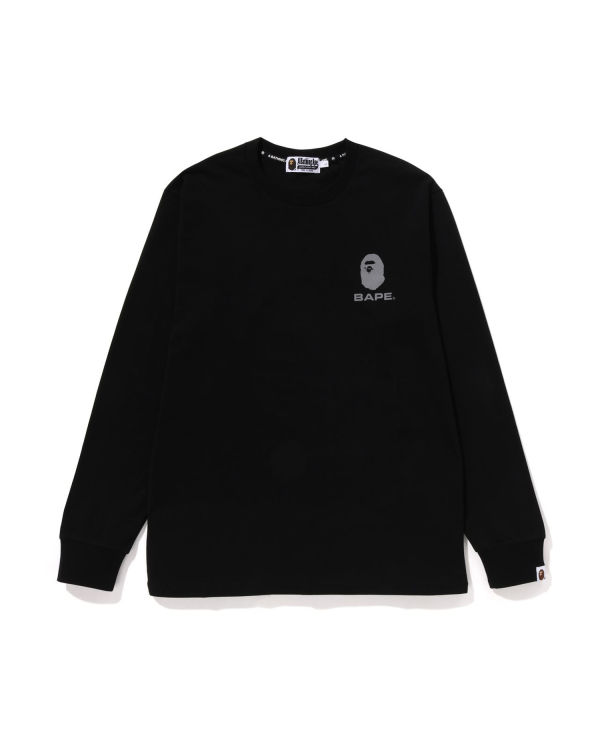
Bape (A Bathing Ape) is a streetwear brand that has taken the fashion world by storm with its unique designs and cult following. Bape shirts, in particular, have become iconic pieces of clothing, sought after by fashion enthusiasts worldwide. In this article, we will explore the origins of Bape shirts, delving into the brand’s history, the vision of its founder, Nigo, the brand’s distinct aesthetic, and its journey from a local Japanese brand to a global phenomenon.
To truly understand the origins of Bape shirts, it is necessary to examine the vision of the brand’s founder, Nigo. Born Tomoaki Nagao in 1970, Nigo grew up in Japan during the 1980s, a time when American culture, including music and fashion, was making its mark on Japanese youth. Inspired by the vibrancy and individualism of hip-hop culture, Nigo sought to create a brand that would capture the essence of street fashion and cater to the unique tastes and sensibilities of Japanese youth.
In 1993, Nigo founded Bape, opening his first store in the trendy Harajuku district of Tokyo. The brand’s name, A Bathing Ape, was inspired by the Japanese saying “a bathing ape in lukewarm water,” which refers to someone who overindulges in luxury. Nigo chose this name as a playful representation of his desire to create a brand that would cater to those who have a penchant for luxury but with a touch of irreverence and humor.
From the outset, Bape shirts were designed to stand out from the crowd. Nigo drew inspiration from a variety of sources, including American pop culture, music, and his personal collection of vintage clothing. This eclectic mix of influences allowed Bape to create a distinct aesthetic that blended streetwear, high fashion, and subcultural references. Bape shirts featured bold graphics, vibrant colors, and eye-catching patterns, instantly setting them apart from other clothing brands of the time.
One of the defining features of Bape shirts is the iconic Ape Head logo, which has become synonymous with the brand. The logo, inspired by the movie “Planet of the Apes,” features a stylized ape’s head in a circle. This simple yet striking logo became a visual representation of Bape’s identity and helped the brand gain recognition and popularity among fashion enthusiasts. The logo’s simplicity and recognizability allowed it to transcend language and cultural barriers, making Bape shirts instantly recognizable around the world.
Another factor that contributed to the popularity of Bape shirts was the brand’s limited-edition releases and collaborations. Nigo understood the allure of scarcity and exclusivity, and he capitalized on it by producing limited quantities of certain designs and regularly collaborating with other brands and artists. These collaborations ranged from partnerships with streetwear brands like Supreme and Stussy to high-end fashion collaborations with the likes of COMME des GARÇONS and Louis Vuitton. These limited-edition releases and collaborations created a sense of urgency and excitement among consumers, fueling the demand for Bape shirts and cultivating a community of fervent fans.
As Bape gained popularity in Japan, it began to expand its reach and tap into international markets. The brand’s unique designs and bold aesthetic caught the attention of fashion enthusiasts worldwide, leading to the opening of Bape stores in major cities such as New York, London, and Hong Kong. The brand’s international expansion, coupled with its strong online presence, helped to cultivate a global fandom for Bape shirts.
The rise of social media played a significant role in the global popularity of Bape shirts. Platforms like Instagram and Tumblr allowed fashion enthusiasts to share their love for the brand, showcasing their personal style and Bape shirt collections. This online community further fueled the demand for Bape shirts and helped to create a worldwide fandom that transcended geographic boundaries.
Furthermore, Bape’s influence on popular culture and its association with celebrities also contributed to the brand’s global fandom. Musicians, athletes, and other celebrities began to embrace Bape shirts as a symbol of style and status.
Through bold designs, limited-edition releases, collaborations, and an iconic logo, Bape shirts gained popularity in Japan and eventually achieved global recognition. The brand’s ability to blend streetwear, high fashion, and subcultural references, coupled with its international expansion and association with popular culture, has cultivated a global fandom for Bape shirts. As the brand continues to evolve and push boundaries, Bape shirts will undoubtedly remain a coveted piece of fashion for years to come.